In Photos: Pottery Vessel with Pensive Figurine Discovered in Israel
Excavating Bronze Age Israel
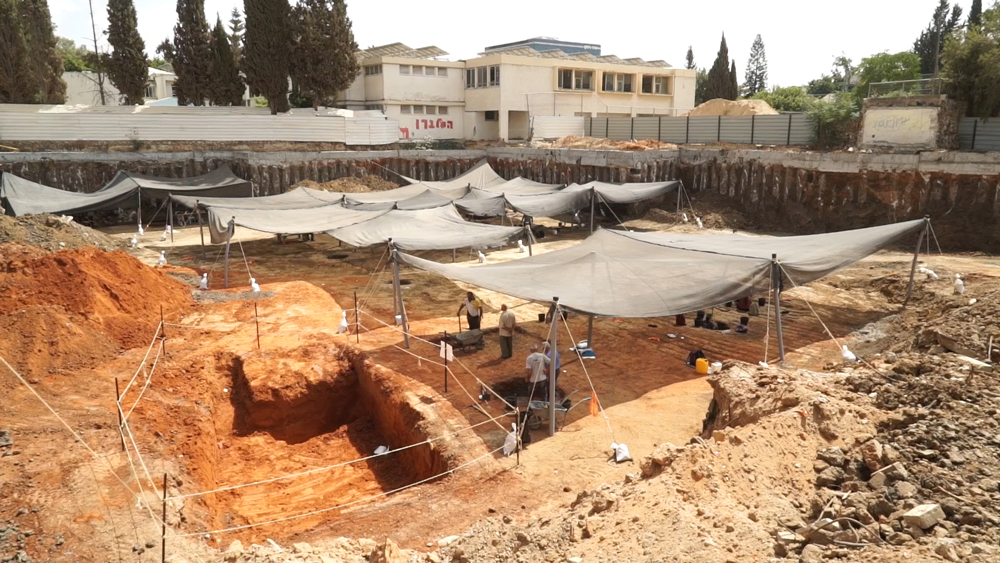
The site of excavations in Yehud, Israel, where archaeologists are working to secure artifacts before the construction of a new housing development. At this site, the Israel Antiquities Authority researchers found an unusual ceramic vessel topped with a sculpture of a pensive person.
Pensive sculpture
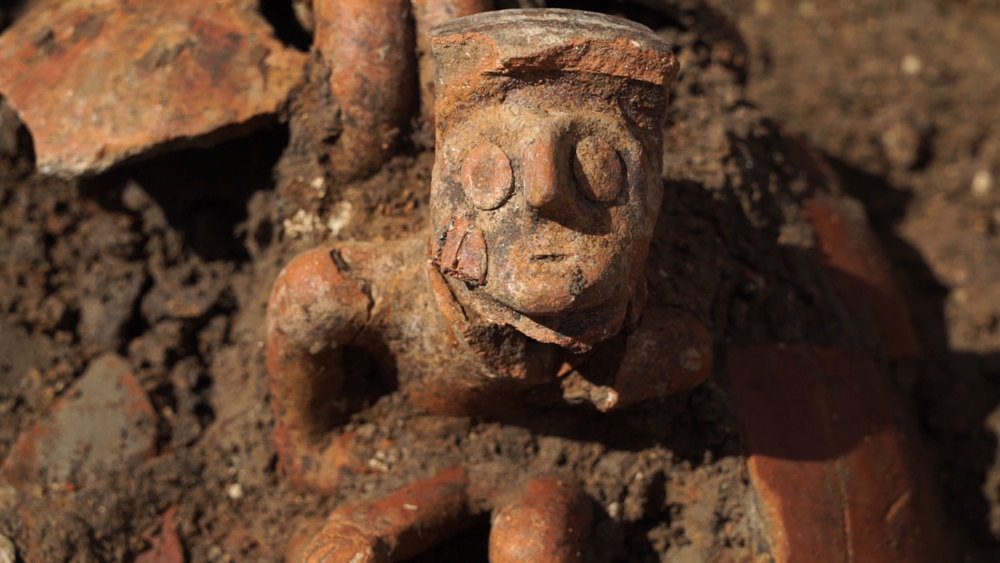
The sculpted person atop the 7-inch (18 centimeter) tall jug. The vessel dates back almost 4,000 years, and while the shape of the jug is quite common for this time period, it's odd to find the decorative flourish of a sculpture on top. Archaeologists aren't sure whether this figure was made by the original potter or added later.
Exposing history
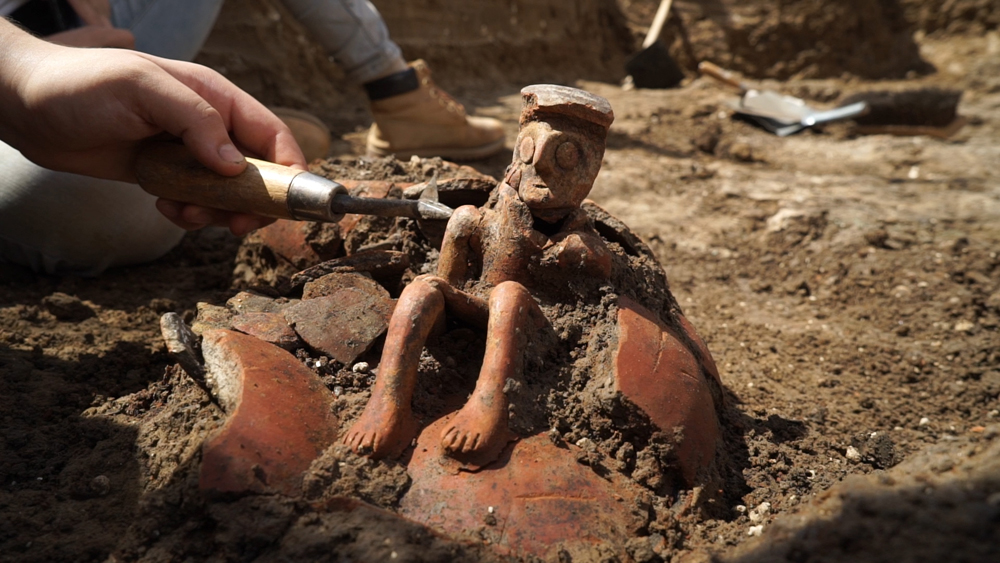
The 4,000-year-old vessel is exposed in the field. The pottery had been fragmented. The vessel was found alongside other artifacts like daggers and arrowheads and appeared to have been originally buried in the grave of an important person. Funeral assemblages were thought to provide the deceased useful goods for the afterlife.
Restoring the vessel
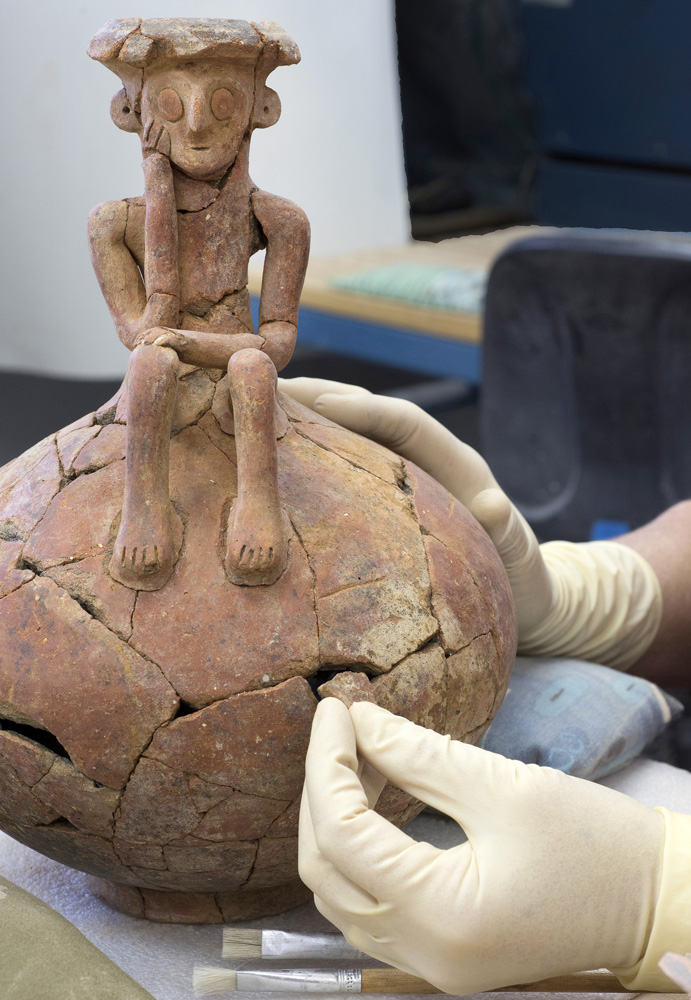
Conservators at the Israel Antiquities Authority piece together the 4,000-year-old ceramic vessel. The figure rests one arm across its knees and props the other on its chin in a pensive pose.
An ancient puzzle
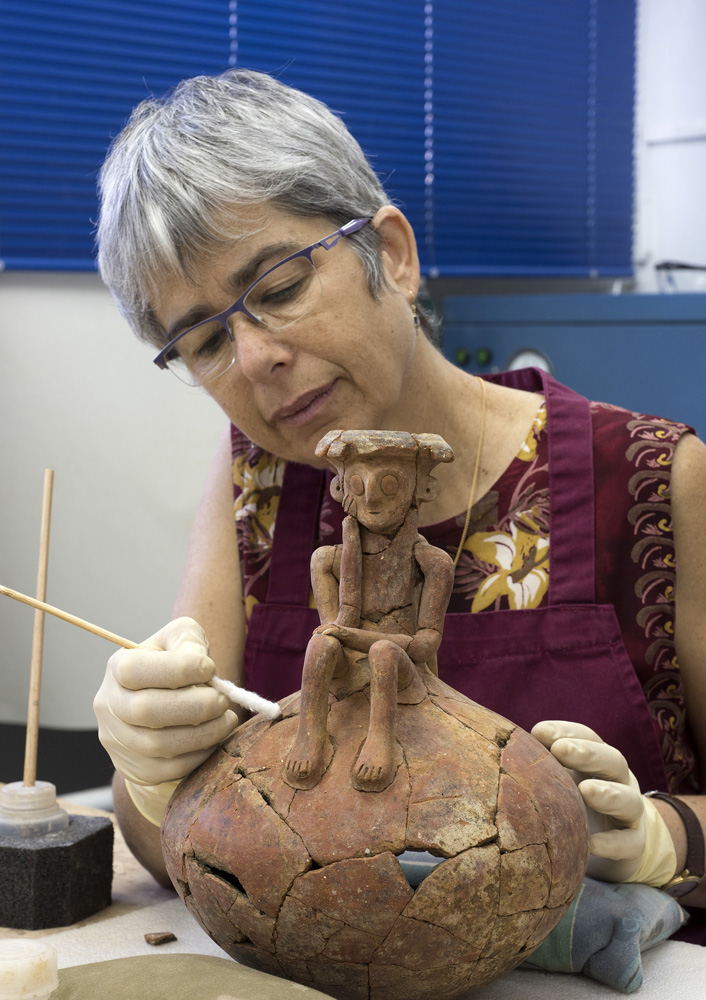
A conservator cleans and glues the ceramic vessel found in Yehud. High school students who were part of an archaeology training program were part of the dig that uncovered this rare artifact.
Restored jug
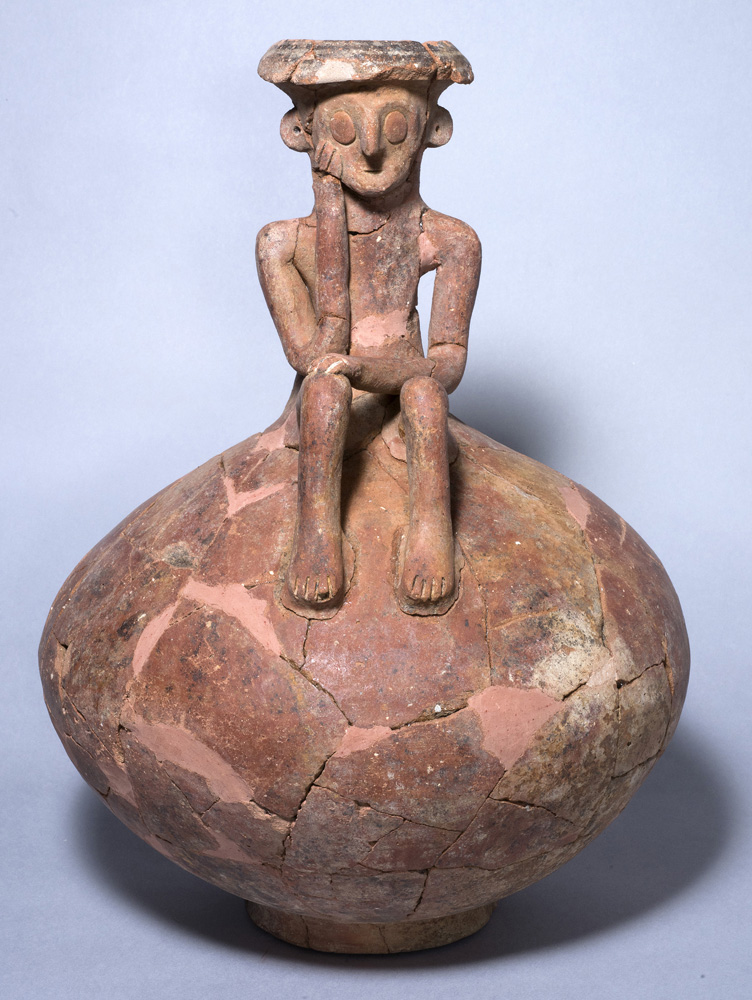
Cleaned, restored and preserved by the Israel Antiquities Authority, the jug raises questions: Who sculpted the figure atop the neck and why? Who was buried with this unusual vessel, and what purpose did it serve?
Detailed sculpture
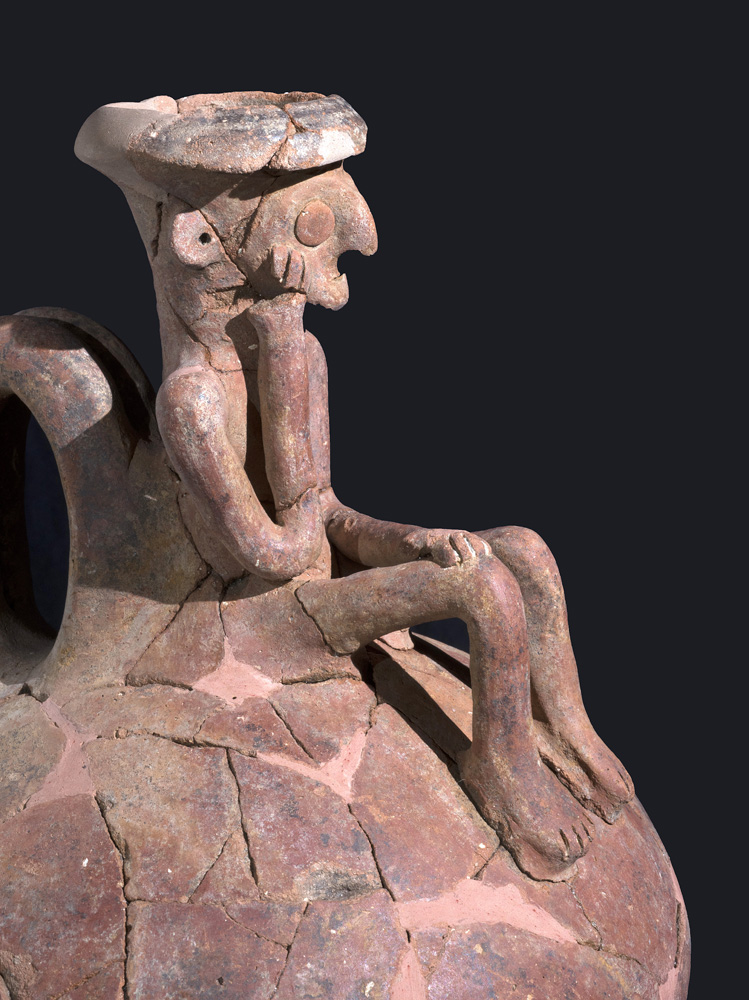
A detailed view of the sculpted figure atop the jug found in Israel. The neck of the jug provides the base for the sculpture. The arms, legs and head were then added, said excavation director Gilad Itach.
Get the world’s most fascinating discoveries delivered straight to your inbox.
"The level of precision and attention to detail in creating this almost 4,000 year old sculpture is extremely impressive," Itach said in a statement.
Jug and sculpture
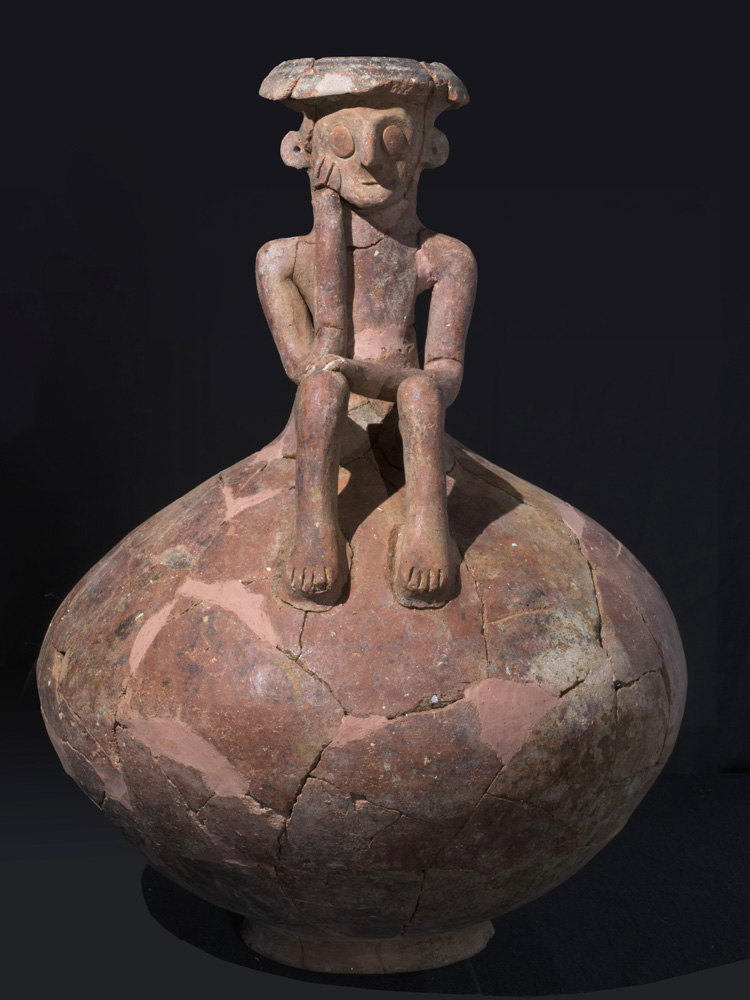
A pensive figure sits atop a Bronze Age jug found in Yehud, Israel. This artifact was part of the funerary goods for someone, likely an important person in the community.
Training future archaeologists
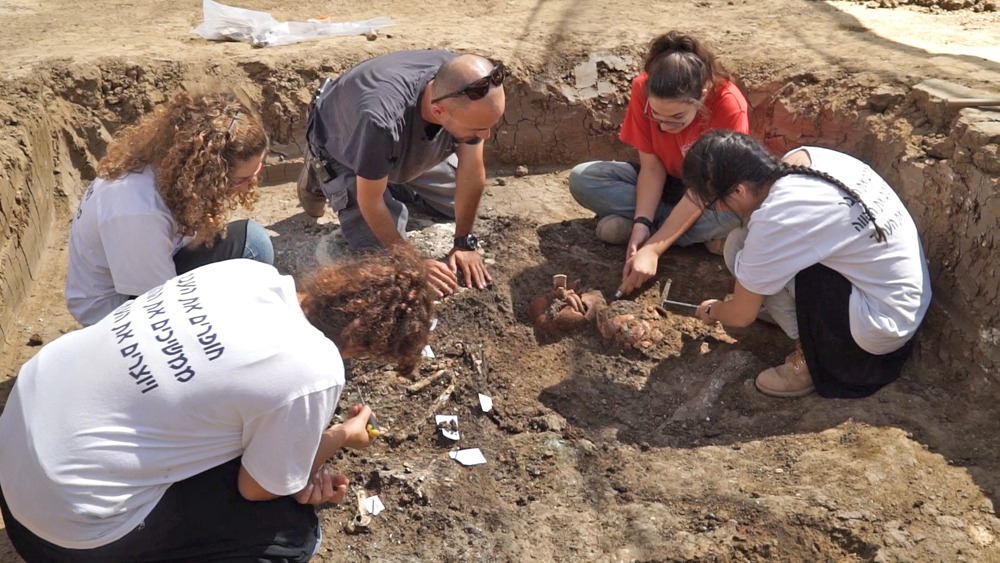
High school students work at the excavation site in Yehud. The students are part of a Ministry of Education program that gives students fieldwork experience in an attempt to train the next generation of archaeologists.
Ancient arrowheads

Bronze arrowheads were found near the unusual ceramic vessel. They were probably part of the same assemblage of funeral items as the jug. The quality of the items makes archaeologists suspect that the grave was that of an important or respected person in the community.
Butter churn
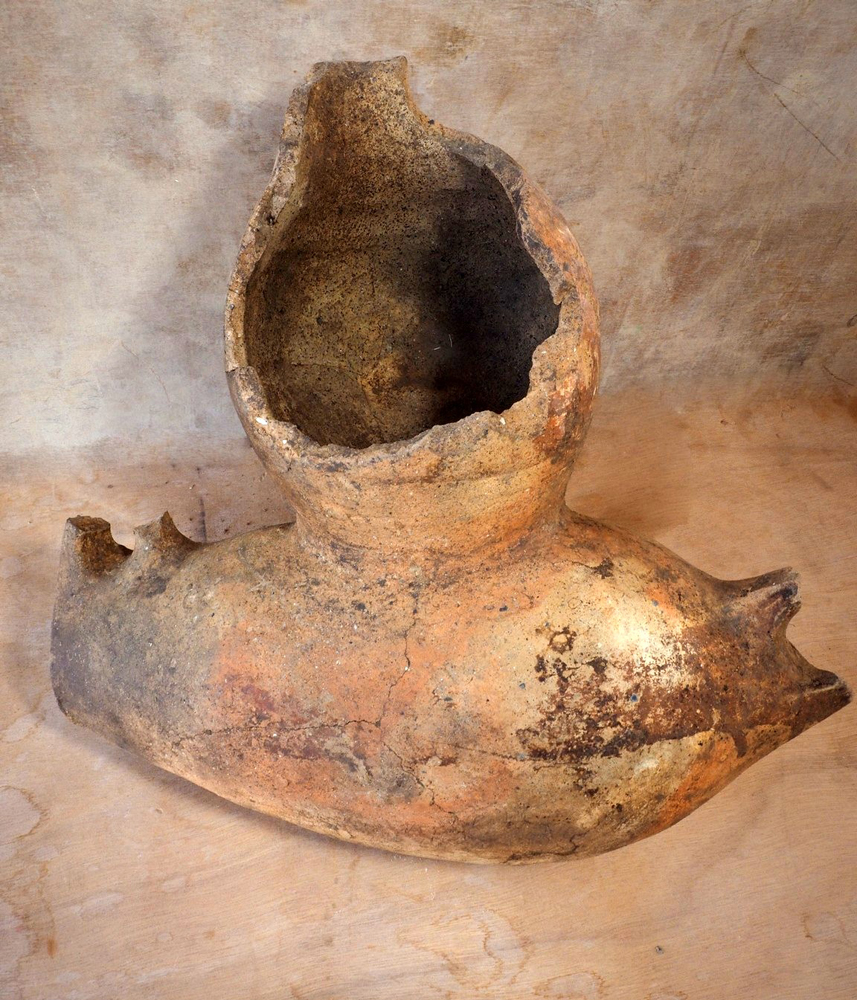
A Copper Age (Chalcolithic) butter churn found during the Yehud excavations. A churn like this might have been suspended from a wooden pole by the (broken) handles at the sides so that it could have been rocked back and forth, churning the milk into butter. These type of churns are called "swing churns" and are known from the Middle East in the Chalcolithic.

Stephanie Pappas is a contributing writer for Live Science, covering topics ranging from geoscience to archaeology to the human brain and behavior. She was previously a senior writer for Live Science but is now a freelancer based in Denver, Colorado, and regularly contributes to Scientific American and The Monitor, the monthly magazine of the American Psychological Association. Stephanie received a bachelor's degree in psychology from the University of South Carolina and a graduate certificate in science communication from the University of California, Santa Cruz.


